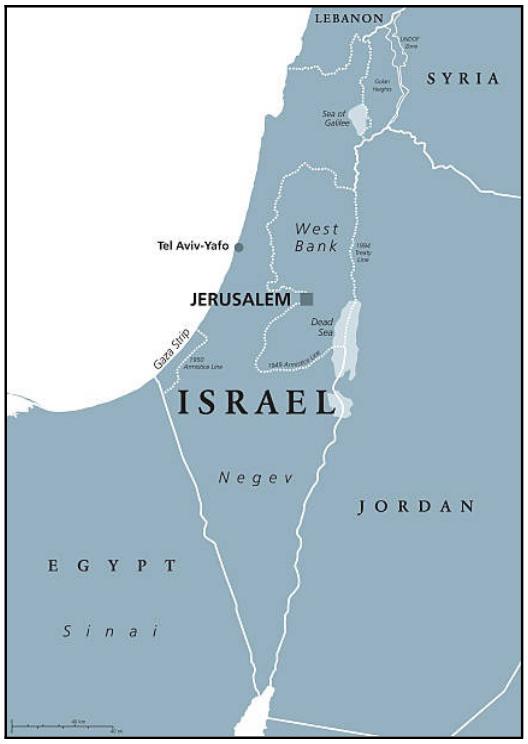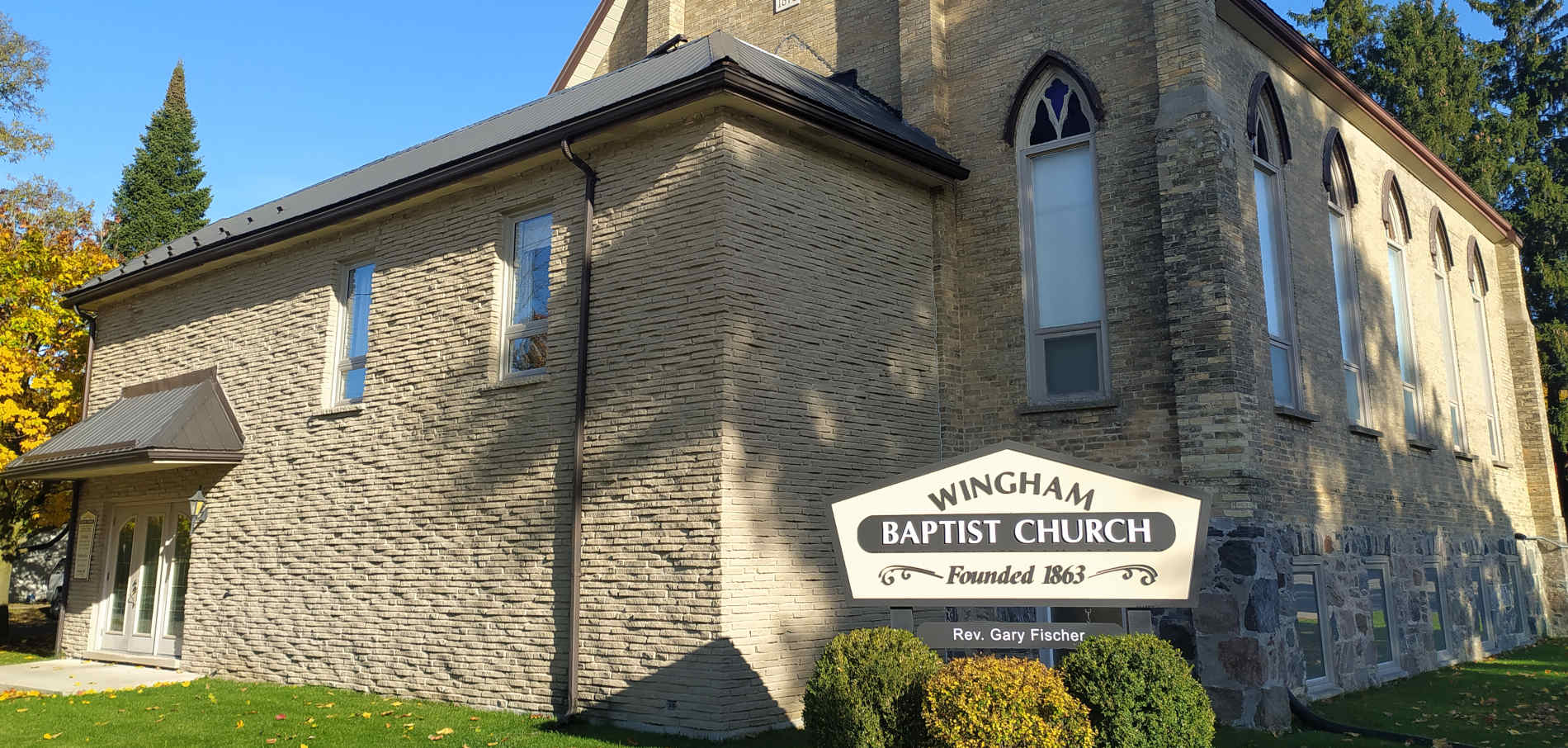A Texan is visiting Israel and feeling thirsty, so he stops at a house along the road. “Can you give me a drink?” asks the Texan “Of course,” says the Israeli, and he invited the Texan to come in. “What do you do?” asks the Texan. “I raise chickens,” says the Israeli. “Really?” says the Texan. “I’m also a farmer. How much land do you have?” “Well, out front it’s 50 yards, as you can see, and in the back we have close to 100 yards of property. What about your place?” “Well,” says the Texan, “on my ranch, I have breakfast and get into the truck, and I drive and drive and I don’t reach the end of the ranch until dinnertime.” “Oh,” replies the Israeli, “I once had a truck like that, too.”
The Negev Desert, which in 1948 (Israel’s founding) covered 2/3’s of Israel, has been shrinking ever since. This is due to Israel’s agricultural ingenuity of turning brown sand into green fields (as was prophesied),
Isaiah 35:1,27 – The wilderness and the solitary place shall be glad and the desert shall rejoice, and blossom as the rose … It shall blossom abundantly, and rejoice with joy and singing: the glory of Lebanon shall be given unto it, the excellency of Carmel and Sharon. And the parched ground shall become a pool, and the thirsty land springs of water … There shall be grass.
And even though the lush green Galilee to the north continues to be Israel’s bread basket (barley, wheat, corn), just about everything else is more and more being agricultured in t he arid brown Negev to the south. This includes: 75% of Israel’s fresh produce, 95% of Israel’s dairy production and almost 100% of Israel’s dates, figs, honey, etc. For instance, in the wilderness Israel grows cherry tomatoes with a per-plant yield of 3-4 times greater and a mouth-watering taste of 2-3 times sweeter than anyone else.
And it is primarily their pioneering drip irrigation (water hose with trickle holes) that has made this desert miracle possible and something irrigation-wise in which they lead the world. That is, until last fall.
On Monday, October 7, 2024, 3,000 terrorists, led by Hamas, broke through the Gaza Strip border. They then proceeded to murder (1,400 Israeli civilians) and take hostage (240 Israeli civilians). But that was only one-half of Hamas’s goal. The other half, generally not well known, was the destruction to Israeli agriculture. And so in one-third of the Negev Dessert,
Farm equipment destroyed …
Irrigation control boxes destroyed …
Customized computer chips destroyed …
Genetic developed seeds destroyed …
Barns and greenhouses destroyed …
Water filtration systems destroyed …
Flooded orchards destroyed …
Irrigation hoses destroyed …
Milking machines destroyed …
Agriculture labs destroyed … etc.
As one official put it, “Agriculture wasn’t collateral damage; it was deliberately targeted.
They didn’t just destroy whatever they could find. No, this was precise, coordinated, systematic. They came with special tools to access agricultural machinery. And all done at the height of the harvest season.”
(Then to add to the re-growing challenge was the severe damage to the soil caused by Israeli tank treads and the resulting oil and pollutants those vehicles leave behind. As well, the destruction of trees and crops from daily bombing battles, and now the shortage of farm workers, because of them leaving to fight in the Israeli military.)
The bottom line? This is the message going out to Israelis all across the land – For seventy-six years (1948-2024) we have needed our farmers, now our farmers need us. And churches around the world are responding as well, both in money and in manpower.


Comments are closed, but trackbacks and pingbacks are open.